February 27, 2017
UK firm asks 16,000 employees whether their jobs could be done by robots 0
 UK insurance firm Aviva has asked 16,000 of its employees whether they believe their jobs could be done better by robots. The consultation process will see those people who answer yes retrained for a new role within the business. Research by Oxford Martin School recently warned that 35 percent of jobs in the UK were in danger of automation over the next 20 years. Insurance underwriters were at the top of the list, rated 98.9 percent at risk. Despite frequent warnings that automation will disrupt a wide swath of industries, many workers believe that their own job is safe. This is in spite of warnings such as that from Mark Carney, governor of the Bank of England, who claimed recently that automation could put 15 million British jobs at risk, equivalent to nearly half of the 31.8 million people who work in the UK. Most recent research backs this up. A White House report from 2016 concluded that between 9 percent and 47 percent of all American jobs are vulnerable, including around 80 percent of jobs paying less than $20 an hour. Image: SoftBank Robotics
UK insurance firm Aviva has asked 16,000 of its employees whether they believe their jobs could be done better by robots. The consultation process will see those people who answer yes retrained for a new role within the business. Research by Oxford Martin School recently warned that 35 percent of jobs in the UK were in danger of automation over the next 20 years. Insurance underwriters were at the top of the list, rated 98.9 percent at risk. Despite frequent warnings that automation will disrupt a wide swath of industries, many workers believe that their own job is safe. This is in spite of warnings such as that from Mark Carney, governor of the Bank of England, who claimed recently that automation could put 15 million British jobs at risk, equivalent to nearly half of the 31.8 million people who work in the UK. Most recent research backs this up. A White House report from 2016 concluded that between 9 percent and 47 percent of all American jobs are vulnerable, including around 80 percent of jobs paying less than $20 an hour. Image: SoftBank Robotics





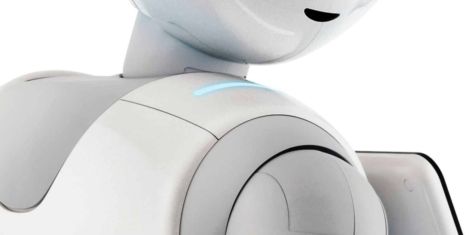



 Implementing new technologies over the next 12 months is of primary importance for senior managers, with nearly two-fifths of finance directors saying digital transformation is one of their greatest priorities. Against a backdrop of economic uncertainty, chief financial officers (CFOs) are focusing on increasing profitability (41 percent) and driving overall company growth (39 percent) in the year ahead, according to research from,
Implementing new technologies over the next 12 months is of primary importance for senior managers, with nearly two-fifths of finance directors saying digital transformation is one of their greatest priorities. Against a backdrop of economic uncertainty, chief financial officers (CFOs) are focusing on increasing profitability (41 percent) and driving overall company growth (39 percent) in the year ahead, according to research from, 

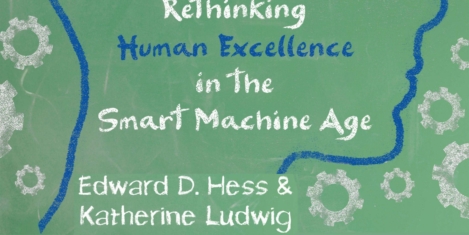
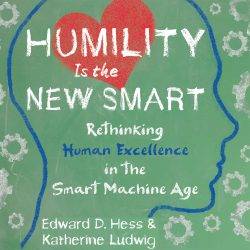


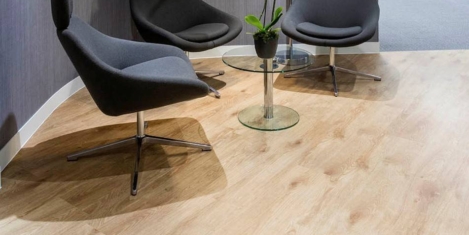
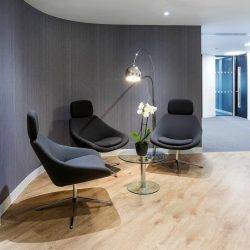

 The
The 
 Employees would like more freedom and flexibility at work with over half believing that the structure and culture of their workplaces are holding them back from doing their job more effectively (55 percent and 53 percent respectively). That’s according to new research from ILM, which has launched a new
Employees would like more freedom and flexibility at work with over half believing that the structure and culture of their workplaces are holding them back from doing their job more effectively (55 percent and 53 percent respectively). That’s according to new research from ILM, which has launched a new 
 Nearly three quarters of European employees would consider career opportunities abroad, with Germany voted the most desirable place to work claims a new study of nearly 10,000 working adults across Europe. According to research by ADP which looked at how employees feel about the future of work, international competitiveness and talent management, European employees have a strong appetite for international work, as almost three quarters (74 percent) would consider other countries for career opportunities. At 21 percent, Germany tops the list of most popular places to relocate, with the United Kingdom (15 percent) and France (12 percent) in second and third place; with North America surprisingly coming in much further down the list in 12th place. Despite their popularity, Germany, the UK and France aren’t particularly strong in any of the areas measured in the survey, such as skills and development, flexible working options and stress in the workplace.
Nearly three quarters of European employees would consider career opportunities abroad, with Germany voted the most desirable place to work claims a new study of nearly 10,000 working adults across Europe. According to research by ADP which looked at how employees feel about the future of work, international competitiveness and talent management, European employees have a strong appetite for international work, as almost three quarters (74 percent) would consider other countries for career opportunities. At 21 percent, Germany tops the list of most popular places to relocate, with the United Kingdom (15 percent) and France (12 percent) in second and third place; with North America surprisingly coming in much further down the list in 12th place. Despite their popularity, Germany, the UK and France aren’t particularly strong in any of the areas measured in the survey, such as skills and development, flexible working options and stress in the workplace.











